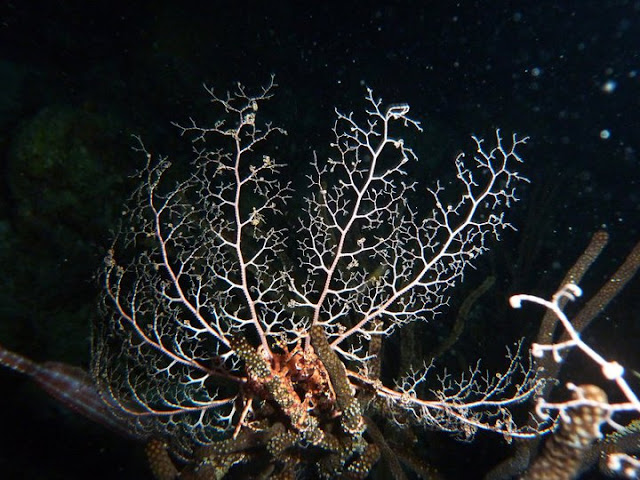Carnival under the Seas

We dress up to blend into a sea of beads and feathers. Two days in fancy dress is enough for most of us; and now the Carnival is over. However, there are marine creatures that spend their lives masquerading under the sea in the Caribbean. Dr Anjani Ganase presents some of these creatures in the Carnival that continues year round under the sea. The Basket Star: Like something out of an alien movie or an old mas band, the basket star can be found wrapped in a tight ball under rocks and in sponges during the day, but at night they extend ornate arms into the water column to trap plankton. Careful not to shine the torch on them too long or they’ll curl up and retreat back into hiding. The Basket Star photo Anjani Ganase The Snake Eel is common on Caribbean reefs and is the reason that many people believe sea snakes can be found in the Caribbean. Alas the snake eel is a type of fish, and not a snake. There are two species of “snake eels”, the sharptai...


